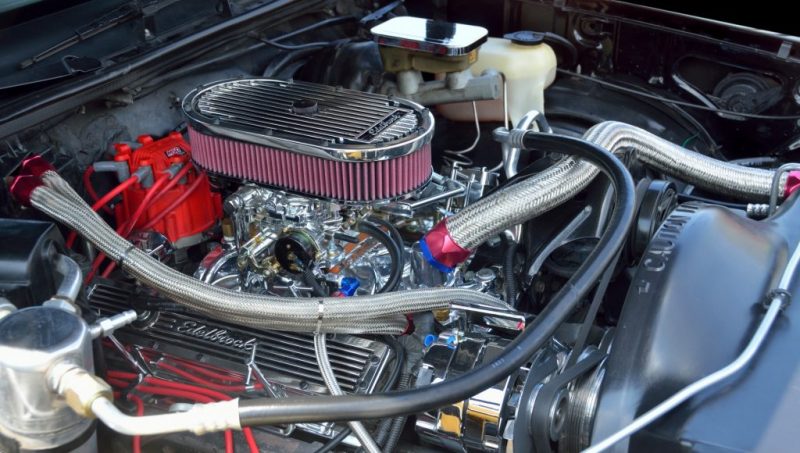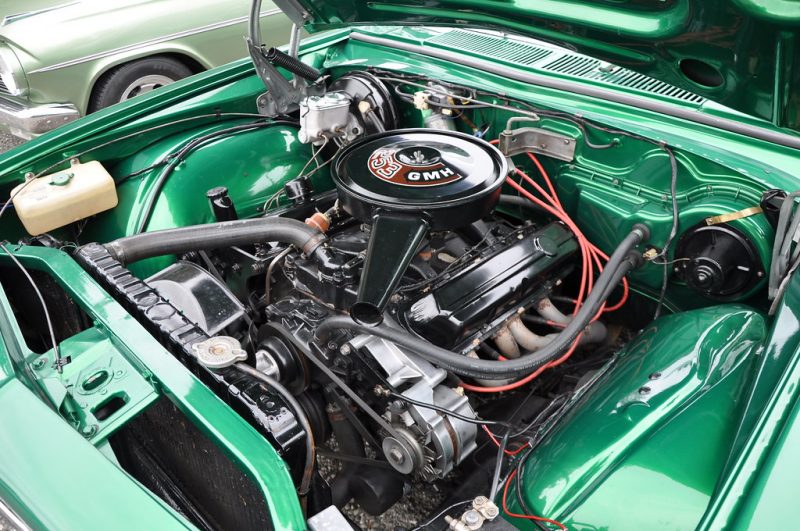Car mechanics often use the term “casting a connecting rod”. What exactly does this expression mean? What to do when a connecting rod is leaking? The answers are in this post.
Definition and characteristics of a connecting rod
A connecting rod is a mechanical part of a vehicle engine. It is designed to transmit force by transforming the vertical movement of the piston into a rotational movement on the crankshaft.
A connecting rod consists of a ring with two screws and nuts on either side. The ring is connected to a metal body located in the center of the connecting rod and provided with a ring at one end. The ring consists of two circular bores. The part connected to the piston pin is called the connecting rod foot, the other fixed to the head of the studs (fasteners) by the fixing screws and nuts is called the cap.
The assembly of these 2 bores makes it possible to maintain two circular half-bearings positioned inside the ring.
Good to know: a connecting rod is constantly under stress. It is an engine part that you must perfectly lubricate for it to work correctly, and normally an engine has 4 connecting rods.
What does “leaking connecting rods” mean, and what causes it?

Sinking connecting rod is the expression used to describe a symptom caused by engine overheating that tends to melt a bearing. It is the insufficient lubrication of the connecting rod that pushes the bearings to heat up. As a result, engine failure occurs and it is characterized by knocking and violent shocks. Among the leading causes of sunken connecting rods, we frequently find insufficient oil levels in the crankcase, a defective oil pump, or a clogged oil filter.
Good to know: when you hear a suspicious noise from the passenger compartment, it is strongly recommended to park your vehicle in a safe place without delay and turn off the ignition to avoid further damage to the engine. The best thing to do is call a tow truck to remove the vehicle and have it taken care of by a mechanic.
Engine slamming
Precautions to take to avoid leaking the connecting rod
– It will help if you take a few precautions to avoid this. It is therefore recommended to carry out engine oil changes when necessary, taking into account the mileage. The frequency of oil changes is approximately every 10 to 15,000 km.
– Choose a good quality engine oil. Regularly check the oil level on the dipstick in the crankcase. This level must be between the minimum and maximum limits. If the level is insufficient, do not wait to top it up.
– Avoid driving at high speed.
Good to know: a professional mechanic can be called in to check the engine block.
Repairing a leaking connecting rod
A leaking connecting rod can have severe consequences for the engine. The repair most often requires the removal of the motor to allow the crankshaft to be extracted from its housing to be checked. Two possible cases are depending on the diagnosis:
– If the crankshaft is defective, it is replaced.
– If the crankshaft is in good condition, connecting rods and bearings will be removed and replaced with new parts.
Good to know: a set of 4 connecting rods with bearings costs between $150 and $200. The repair can be entrusted to a professional. In this case, you must add the cost of labor and other services to the price of the parts.

